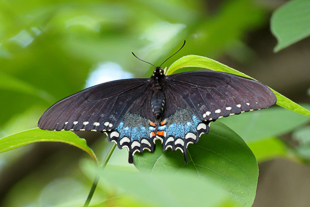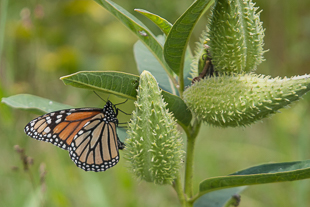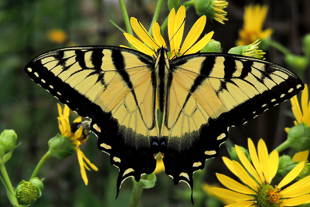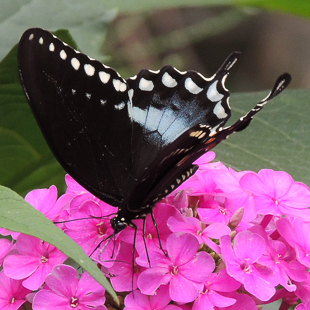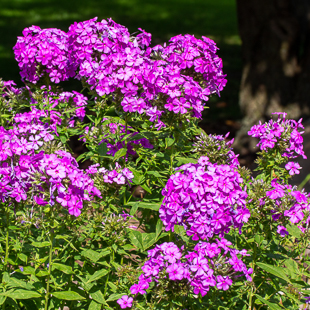Native Plants for North Carolina Butterfly Gardens
For immediate release ‐ July 27, 2021
Contact: Jon Pishney, 919.707.8083. Images available upon request
Do you know the difference between a cocoon and a chrysalis? What kinds of plants do caterpillars eat? And what kinds of butterflies and moths can you find across North Carolina?
—From NC Culture Kids
Why garden with plants that are native to North Carolina? Native plants attract many pollinators, including some showy butterflies! Native plants support more species than plants from other areas (exotics). Many (not all!) exotic plants are invasive pests – they push out native species and disturb natural habitats. So when you’re planting, try to plant native species. The good news is that you can have up to 30% non-native varieties and still get the same ecological benefits!
Caterpillars need to eat specific plants that their butterfly parent must account for when choosing a place to lay her eggs. We call these host plants.
Each species of butterfly lays its eggs on a host plant: different ones for different species of butterfly. For example, the Monarch butterfly lays its eggs on milkweed because the Monarch caterpillar only eats milkweed*. But Eastern Tiger Swallowtail caterpillars can thrive on a variety of plants, such as Cherry, Ash, Magnolia and Tulip Poplar trees, so that species of butterfly has egg-laying options.
Remember: host plants feed the caterpillars, while food (nectar) plants feed the adult butterflies.
*Note: In biology, a weed is a species that can adapt quickly to any environment. Not all weeds are bad, even in a garden, because pollinators like butterflies often use them for food or host plants.
-
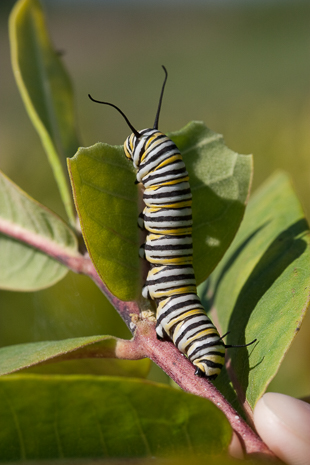
Photo: Mike Dunn, roadsendnaturalist.
Milkweed*, such as Common Milkweed,
Swamp Milkweed or Whorled Milkweed.
-
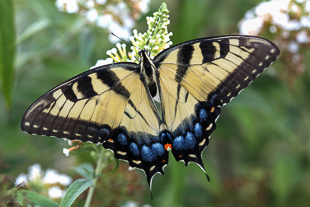 John Flannery, CC BY-SA 2.0, via Wikimedia Commons
John Flannery, CC BY-SA 2.0, via Wikimedia Commons
Eastern Tiger Swallowtail (Note: About half the females in North Carolina are black instead of yellow!)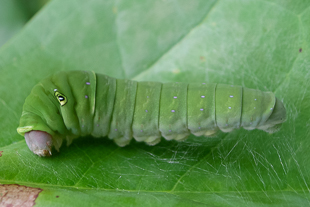
Eastern Tiger Swallowtail caterpillar. Photo: Mike Dunn,
roadsendnaturalist.
Tulip Tree, cherry, magnolia, ash, cottonwood
or willow.
-
Adult butterflies may prefer a few species or a wide range of flowers to drink nectar from.
-
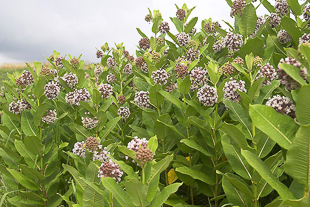
Monarch caterpillar. Photo: Mike Dunn, roadsendnaturalist.
Common Milkweed (pictured), Swamp
Milkweed, Butterfly Weed; sometimes
dogbane or lilac.
-
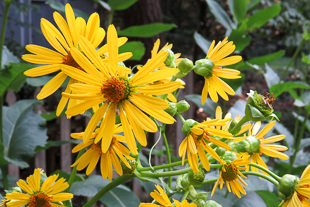
Photo: John Gerwin/NCMNS.
Cup Plant (pictured), Joe-pye Weed, New York
Ironweed, Summer Phlox, cherry, lilac,
Smooth Oxeye.
-
For more information about our upcoming activities, conservation news and ground-breaking research, follow @NaturalSciences on Instagram, Twitter and Facebook. Join the conversation with #visitNCMNS.



